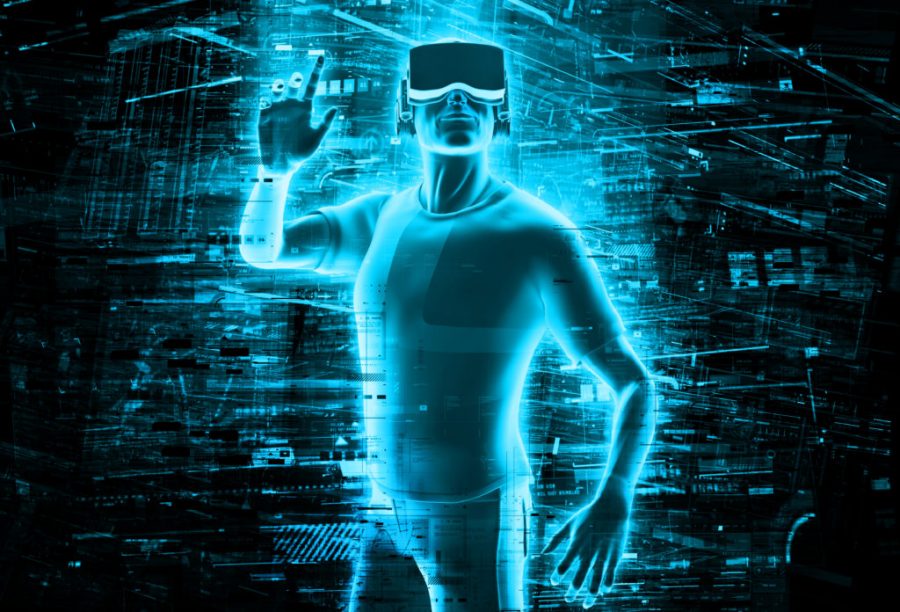Virtual Reality is Not Just the Future of Gaming
Over the past several years, the video game industry has been rapidly expanding into a more modern and immersive developmental model. Nintendo’s Switch console demonstrated a hidden demand for on-the-go gaming, while other third party designers introduced new accessories to resemble realistic experiences. Despite these otherwise impressive arrays of progressive technology, one industry has surpassed them all: virtual reality.
The origins for VR in terms of entertainment date back to the 1960s, where equipment was conceivably bulky and flawed; immersion was stimulated through arcade-like machinery. By 2010, considerable strides began through the creation of the original Oculus Rift prototype, which was a catalyst for many other developers to advance the technology. Lag-free displays, higher resolutions, and motion tracking were just some of the tweaks that tuned VR for mass public consumption.
Currently, a wide range of headsets permits those with varying levels of commitment to purchase a VR system catered to their individual desires. While the leading systems, such as the Playstation VR, HTC Vive, and Oculus Rift provide the most realistic visuals and experiences, other less price-worthy options such as Google Cardboard ensure that all consumers can indulge in the technology.
Regardless of brand or model, all of these VR headsets initially aimed to introduce a more immersive gaming experience by combining 3D visuals, 360-degree environments, and binaural sound. Numerous genres of games pursued VR versions from racing to adventure, but almost none went further from the confines of the controller.
Only within the last several years has the prospective potential for VR been truly displayed. In one particular realm, the expansion of VR has allowed for educational experiences that eliminate the need for tedious textbook reading. One app, Immersive VR Education, simulates a college lecture room combined with both a narrator and an occasional visual accompaniment that relates to the topic at hand. Instead of attempting to imagine a historical environment such as, say, the Industrial Revolution, you can almost completely live through it as the narrator provides educational context.
Google Expeditions, another useful educational app, incorporates Google maps with their 360-degree technology to give viewers an image of almost anywhere in the world. You’ve probably even used this app yourself; many classrooms in Albany High were given the opportunity to use the technology first hand, part and parcel of a global initiative upon Google to integrate VR into schools.
While education is certainly an industry where VR can exist and thrive, there are countless others that can similarly excel. The healthcare, automotive, and travel industries are just some examples of this possibility, and even other aspects of the entertainment industry, such as movie theaters, can utilize the growing availability of VR. Only time will tell just how much the future benefits from augmented virtual reality systems.


